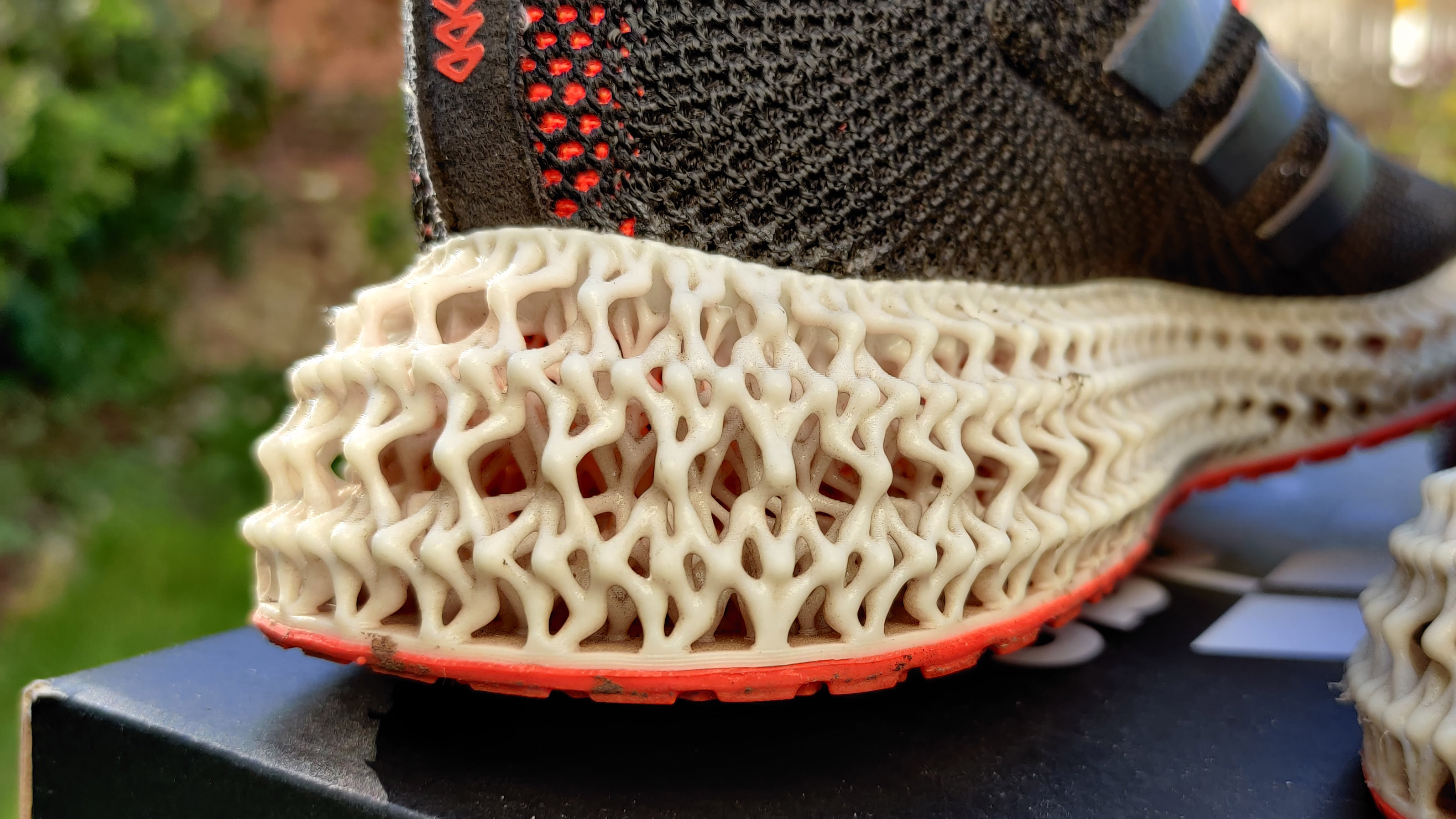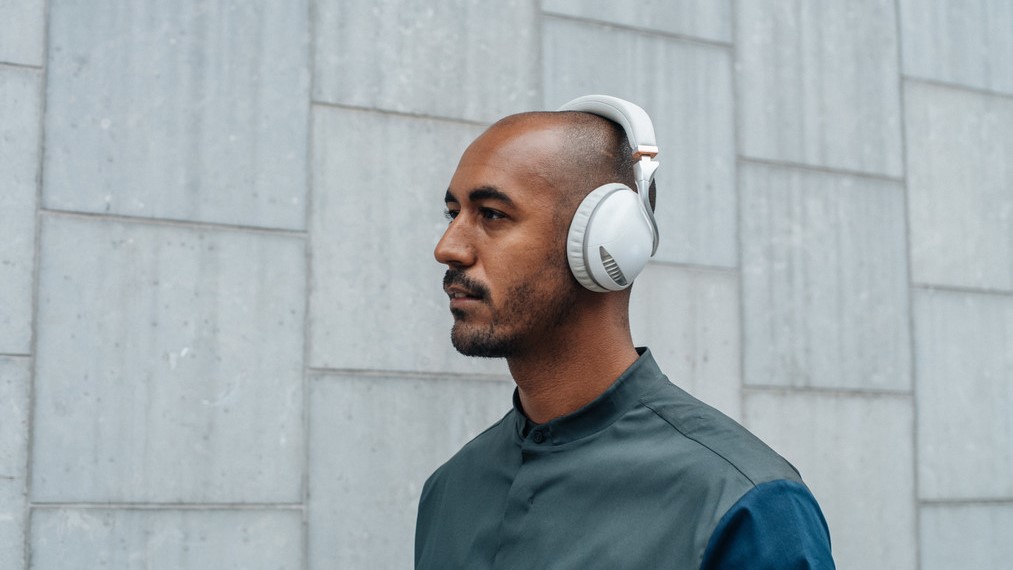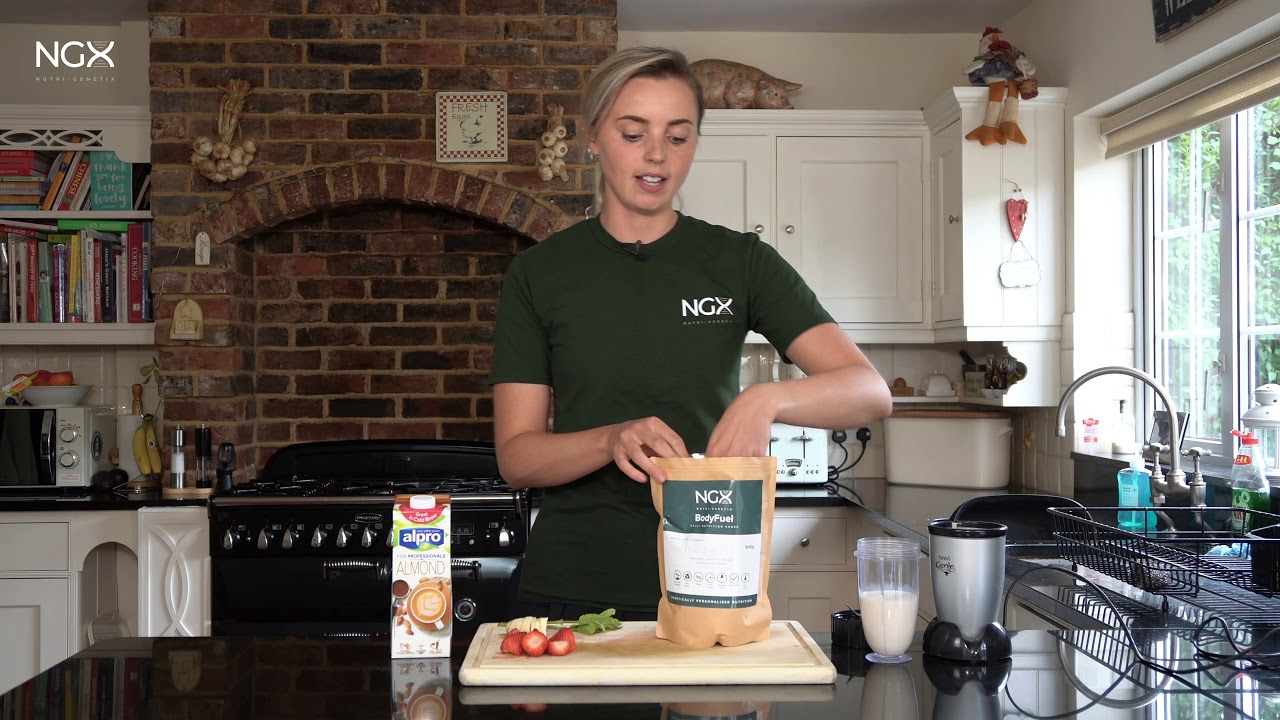

It’s always amusing to re-watch old sci-fi movies to see how they used to imagine people working out ‘in the future’. Fictional characters in these movies exercise in futuristic, printed shoes, wear technology that enhances concentration and drink shakes that are tailored to their DNA. But what if I told you that all of this is actually already available to us, mere mortals, right now? Welcome to the future!
That’s right, you can wear running shoes that have 3D-printed midsoles, buy ‘flow state-inducing’ headphones and consume protein powder that is quite literally tailored to your DNA. None of these technologies, maybe apart from the headphones, are necessarily new-new but they are definitely new to us, consumers, as previously they’ve only been available to a few selected top athletes.
However, in 2021 – at least partially thanks to the Covid-19 pandemic and the subsequent lockdown – a lot of advanced fitness tech have become readily available to end consumers. Now that people are more interested in their health and trying to be more active than ever before, companies have pushed pedal to the metal and started churning out innovative fitness products and services to enable us to be a better version of ourselves.
What exactly are these products and how do they work? Let’s explore.

The adidas 4D FWD running shoes use a 3D-printed lattice structure in the midsole
“It's the first time we've done something like this with 4D”
The adidas 4FWD truly is a futuristic running shoe. Not just because of how it allows you to move forward so fluidly, but also the way it is designed and manufactured. As Bob Kirk, Senior Director of Future Footwear Innovation at adidas, explains: “creating new materials [for this project], validating the printing and grading it into different sizes is a vastly different process than the traditional footwear approach.”
The midsole, admittedly the most important part of a running shoe, of the adidas 4DFWD is made of a 3D-printed ‘lattice’ structure. Finding the perfect lattice structure required sifting through five million different lattice variations and the help of an algorithm. “Our algorithm filtered down from the possible five million variations to around ten thousand. Then, of this ten thousand options, we did a more detailed simulation and finally, we arrived at twenty five different, highly workable variations we actually printed and tested with athletes”, Bob says.
The result of this tinkering is a product that exceeds customer expectations and opens up a whole new avenue for running shoe design. “It's genuinely about making running more accessible”, Bob replies when asked how he imagines the future for adidas Running, “It’s our continued ambition to get more of the planet running and just overcoming some of those barriers to get it out there.”
Sign up to the T3 newsletter for smarter living straight to your inbox
Get all the latest news, reviews, deals and buying guides on gorgeous tech, home and active products from the T3 experts

Motion Designer, Nik Hill, wears IRIS Flow headphones in white
Make two hours of active listening part of your daily routine
IRIS was born out of an ambition to turn the act of listening from a passive activity to an active affair. As Jacobi Anstruther-Gough-Calthorpe and Tom Darnell, founders of IRIS, describe, the company’s headphones, IRIS Flow, utilises a “proprietary algorithm which splits out and increases the phase information sent to the brain.” This algorithm can increase frontal cortex activation, making you more aware of the sounds you’re hearing.
The technology has a variety of uses, including helping you recover faster and focus on tasks more effectively. According to Jacobi and Tom, “the IRIS Flow headphones are already used in Formula 1 by Red Bull Racing Honda for pit/driver communication and drivers also use it in simulators.” Apparently, some hotels in the Maldives also use the IRIS Flow in their wellness areas to help relaxation.
IRIS is more than just the Flow headphones, though. In theory, the algorithm can be used on any device and for any purpose, including listening to music, podcasts, watching movies, gaming and even meditation. “You know how you should walk 10,000 steps and eat your five-a-day in order to stay healthy?”, Tom asks, “We would like to add two hours of active listening to this list.”
Taking hearing into consideration when planning your daily activities is certainly an enticing concept and considering how significant of an impact sound pollution has on our wellbeing, we would be surprised if IRIS or similar technologies wouldn't become popular very soon.

Make-your-own personalised meal shake with NGX
Personalised nutrition for the best results
It’s pretty much impossible to know how you metabolise certain nutrients, at least it was up until very recently. Enter NGX's BodyFuel, a personalised meal-shake that aims to take the guesswork out of nutrition and provide you with micro- and macro-nutrients tailored to your genetic makeup.
The NGX DNA test looks at all the DNA segments that are proven to affect metabolic performance and concots a supplement based on the strengths and weaknesses of your metabolic system. By fine-tuning your supplementation, you might perform better and recover faster as you will supply your body with the exact ratio of nutrients it needs to do just that. Better still, a serving of BodyFuel (approx. 400 kcal) costs roughly £2.50, which is by no means expensive for a supplement tailored to your DNA.
Do you need tech to improve your fitness level?
Improving fitness levels and reaching peak performance has never been easier: you can track your progress more precisely, recover more efficiently and understand your body’s needs with relative ease thanks to all the gadgets, supplements and gear we have available now.
Do you need any of this stuff to feel healthier and/or get in a better shape? Probably not. Nothing replaces hard work and even using these aids, you’ll still have to hit the gym hard to build muscle and lose weight. That said, using the right tools can help you achieve your fitness goals faster, whatever they might be.

Matt Kollat is a journalist and content creator who works for T3.com and its magazine counterpart as an Active Editor. His areas of expertise include wearables, drones, fitness equipment, nutrition and outdoor gear. He joined T3 in 2019. His byline appears in several publications, including Techradar and Fit&Well, and more. Matt also collaborated with other content creators (e.g. Garage Gym Reviews) and judged many awards, such as the European Specialist Sports Nutrition Alliance's ESSNawards. When he isn't working out, running or cycling, you'll find him roaming the countryside and trying out new podcasting and content creation equipment.
-
 How to watch Mario Kart World Direct – everything you need to know about the Switch 2 launch game
How to watch Mario Kart World Direct – everything you need to know about the Switch 2 launch gameNintendo will host a new Nintendo Direct presentation this week, here's how to watch it live and what to expect
By Rik Henderson
-
 LG OLED G5 review: TV of the year?
LG OLED G5 review: TV of the year?LG's brightest-ever OLED TV is an instant winner – with some AI oddities
By Mike Lowe